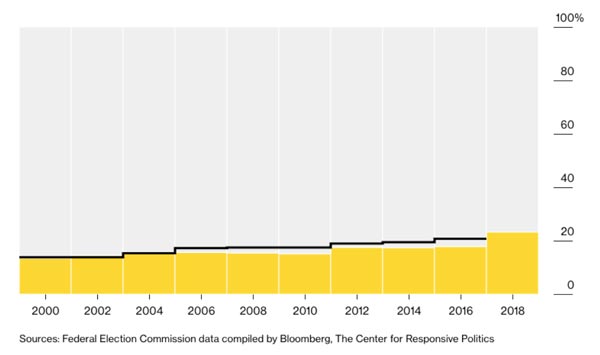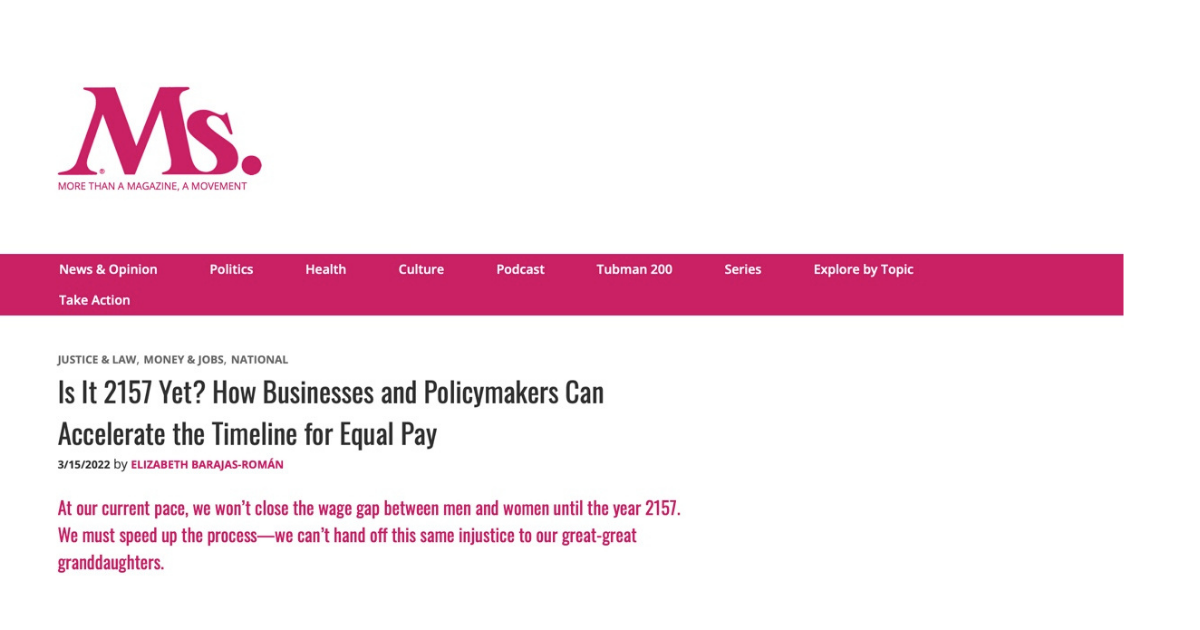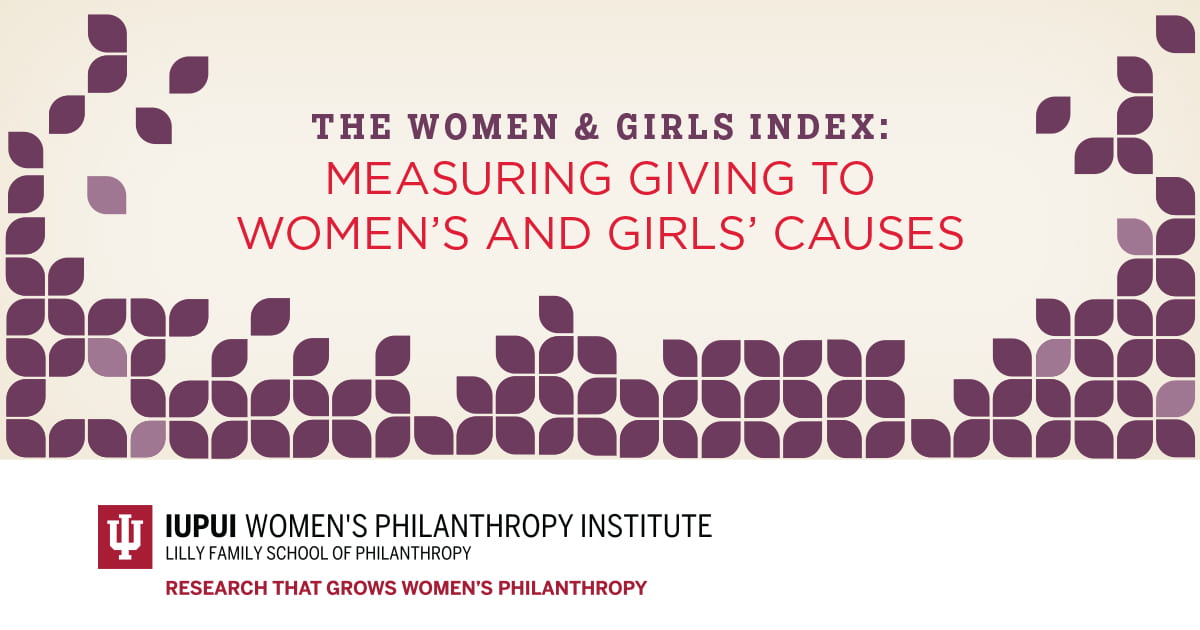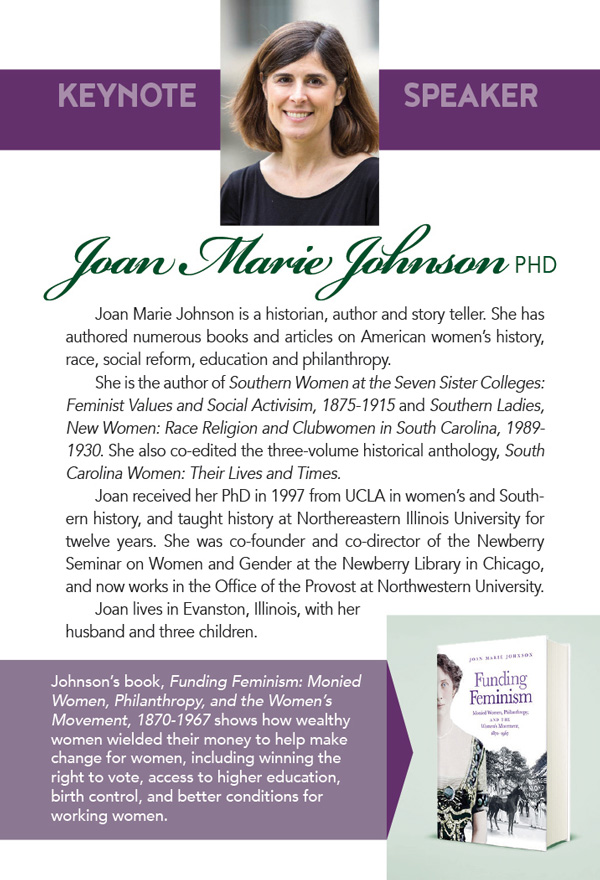resource library
What will you do to help ensure that women and girls have a central voice in the conversation?
Women in Public Life Elected Officials: The Alverno Report 2020-2023 | March 14, 2023
The Women’s Fund is proud of our grant partner: Alverno College. The research published as Women in Public Life, Elected Officials, The Alverno Report 2020-2022 celebrates the anniversary of the 19th Amendment. This updated version builds on the original report and it is intended to better understand women’s pathways to office in Wisconsin.

The 50th Anniversary Party That Wasn’t
Inside Philanthropy | January 20, 2023
“Data shows that on average, women’s funds move money nine months faster than traditional philanthropic channels,” wrote guest contributor Elizabeth Barajas-Román.
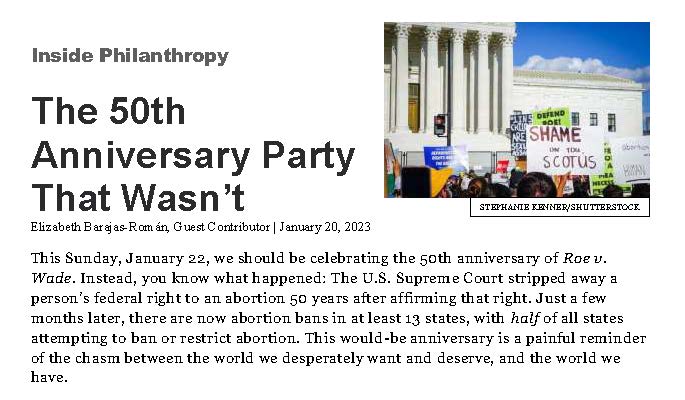
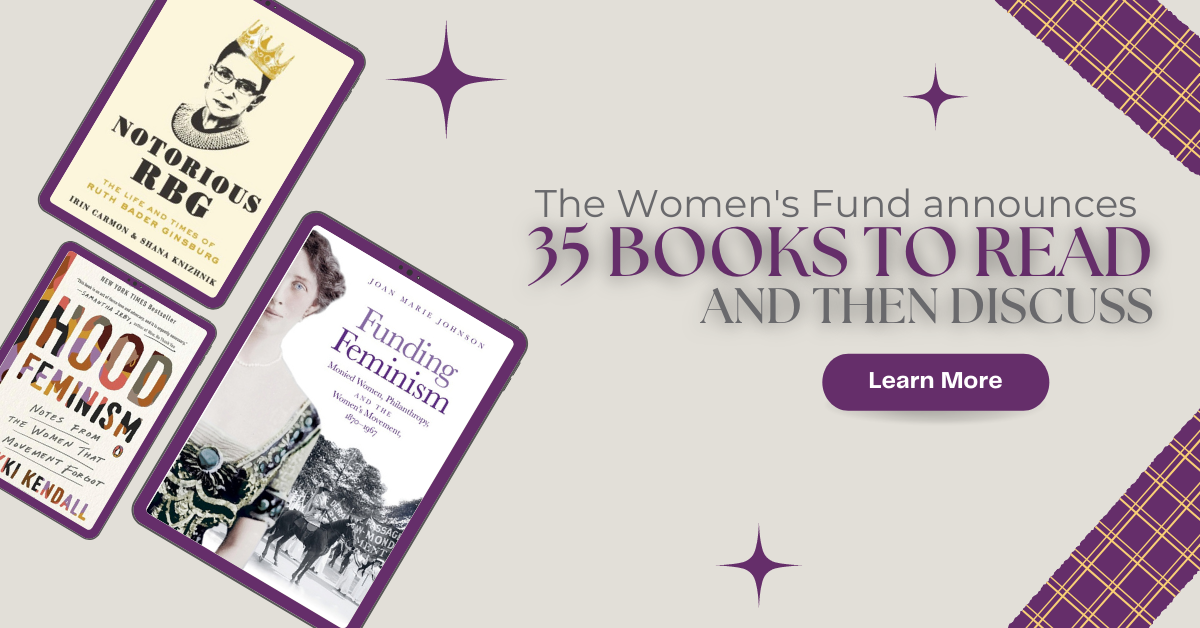
“I want to be respected in all of my femaleness because I deserve to be.”
~ Chimamanda Ngozi Adichie, We Should All Be Feminists
An important part of our work is creating social change, which means shifting attitude, behavior, and culture.
At the conclusion of our 35th anniversary, in 2022, we read and discussed 35 books about disruptors who are changing the power dynamics. We invite you to continue these discussions by reading all 35 or skimming just one!
The Critical Need to Invest in Women’s Leadership
“Data has shown that women are more likely to be resilient, solution-oriented leaders, and whether they are leading startups, state legislatures, national governments, or on the frontlines of COVID-19 response, the impacts have been shown time and time again. When we invest in women, economies grow, and societies become stronger, safer, healthier, more educated, and inclusive,” wrote Gabrielle Fitzgerald, founder and CEO of Panorama.
“Despite this, the path to gender parity in the US is much longer than many realize,” she continues.
To help accelerate the pace of change, Panorama and the National Center for Family Philanthropy have partnered to lead a cohort of donors committed to increasing women’s power in all sectors, starting in January 2023.

Since 2019, the Women’s Philanthropy Institute (WPI) has measured giving to women and girls through its Women & Girls Index (WGI), thanks to funding from the Bill & Melinda Gates Foundation.
While issues affecting women and girls have received increased attention in recent years, and nearly 50,000 organizations are currently dedicated to women and girls, the share of total philanthropic support has remained low. In fact, research from the Women’s Philanthropy Institute (WPI) consistently shows that less than 2% of total charitable giving goes to women’s and girls’ organizations.
Today, we are thrilled to share the launch of the inaugural Give to Women and Girls Day, a national awareness campaign to increase funding for women’s and girls’ organizations that will take place on October 11, 2022.
We welcome you to join us in celebrating this action by donating to the Women’s Fund of Greater Milwaukee — and rallying your community to do the same.
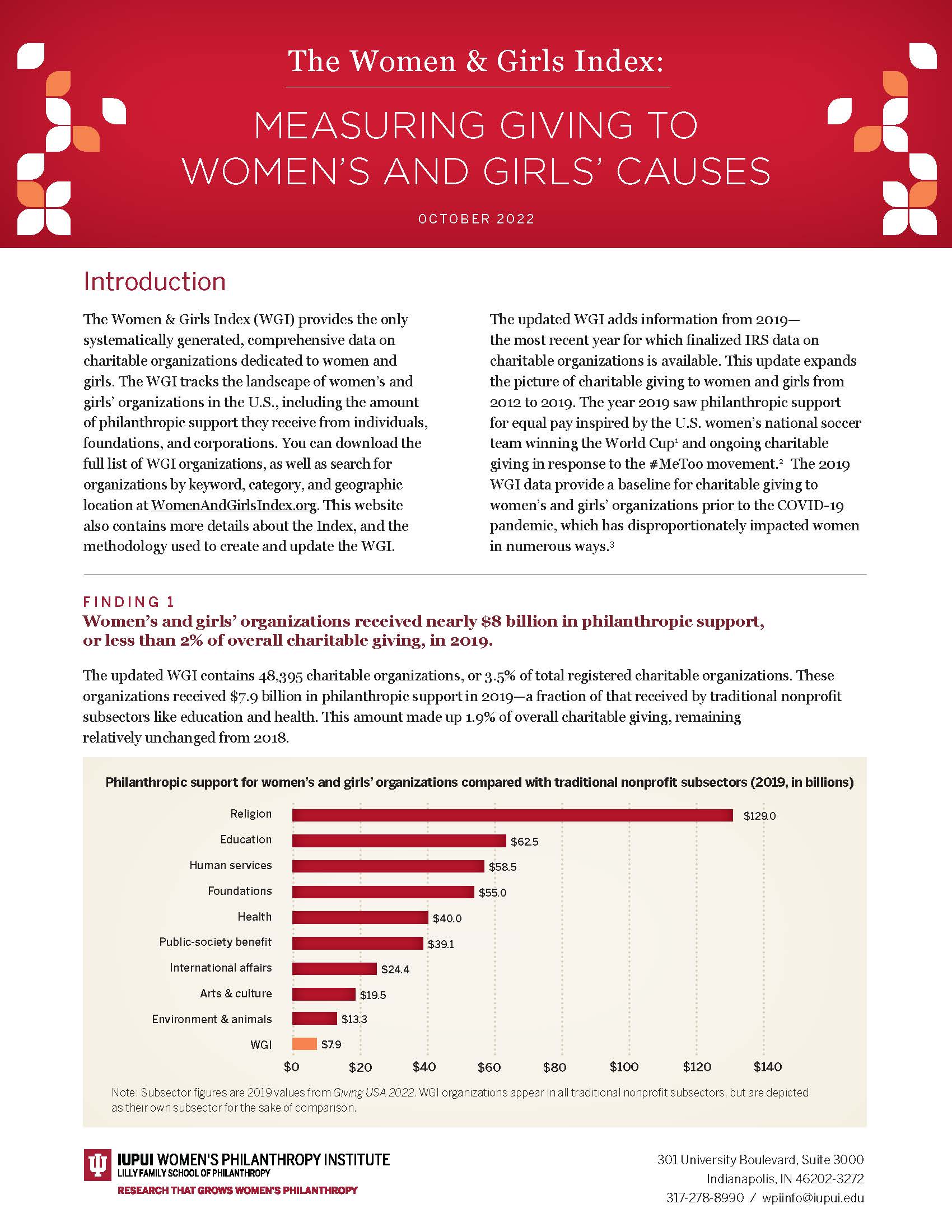
Dobbs v. Jackson Women’s Health Organization…The Reversal of Roe v. Wade Actions, 10 Suggestions!
The SCOTUS ruling dropped…Friday, June 24, 2022 at 5:19 PM.
General Statement Regarding Healthcare
We believe women must control their own destiny and be safe at home, at work, or wherever they are. Women must hold positions of power and authority in public and private sectors and have economic equality.
Therefore, we support all birthing and pregnant people in our community: We see you, we see your humanity, and we advocate for your rights and dignity. We support access to the full range of reproductive healthcare, including abortion care.
Taking Action, Engaging, and Creating Social Change…Shifting Attitudes, Behavior, and Culture
- Think of abortion as a human right. Help others do the same.
- Educate yourself and others about safe, self-managed abortion.
- Talk about abortion. Use the word; share experiences. Eliminate the stigma and help normalize the procedure as healthcare.
- Learn the history. The reversal of Roe is part of a broader attack on bodily autonomy, civil and human rights that includes anti-transgender legislative efforts, threats to marriage equality, and voter disenfranchisement. Also acknowledge the past and present harms in the reproductive rights movement, where white women’s concerns and leadership were – and still are – centered.
- Know and contact your Wisconsin Congressional representatives. Understand their beliefs and voting history. Contact them to demand permanent access to and funding for abortion care.
- Research candidates running for office, especially at the local and state levels. Consider running for office yourself.
- Attend political gatherings to learn more and get acquainted with others. Support others (beyond just voting) that have values that align with yours. Help ensure their election into office.
- Listen to Movement Leadership. Recognize that Roe was a floor rather than a ceiling. Understand this SCOTUS ruling has enormous impact on Black and Brown people and increases the risk of criminalization for pregnancy outcomes.
- Stand together. Equity for women remains elusive, so it’s more important than ever to avoid divisiveness in actions and language.
- Invest your philanthropy with purpose and trust and in alignment with your values. Consider becoming a monthly donor to the Women’s Fund or include the Fund in your estate plans. As the Women’s Fund Endowment grows, more can be invested in support of women and girls in OUR community. You can help ensure there are always resources available for this work – no matter the issues and political landscape. Special until August 31, 2022…a Matching Challenge Grant by Annette Jacobson. This is an opportunity to support women today, and for years to come. It leverages our collective investment.
Embracing Feminism Can Change Philanthropy and Create a More Equitable World
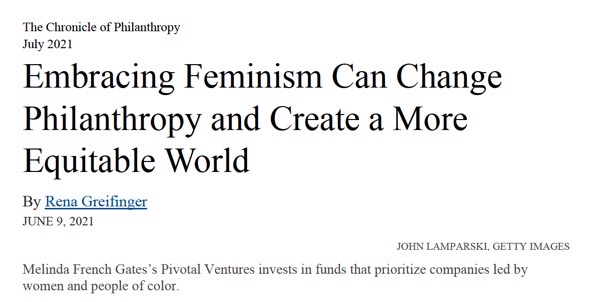
Ukraine Donations Go Further and Faster with Women’s Funds
Inside Philanthropy • March 16, 2022
As we watch the war rage in Ukraine with families separated and more than 2 million women and children forced to flee their homes to escape bombings, air raids and violence, we stand in solidarity with all those in Ukraine and elsewhere around the world where there are wars and devastating refugee crises. History shows us that women, children and LGBT+ people face a particularly high threat of violence during armed conflicts, and it’s critical to get emergency humanitarian aid as well as long-term rebuilding efforts into communities.
Is It 2157 Yet? How Businesses and Policymakers Can Accelerate the Timeline for Equal Pay
Ms. • March 15, 2022
At our current pace, we won’t close the wage gap between men and women until the year 2157. We must speed up the process—we can’t hand off this same injustice to our great-great granddaughters.
New Report Offers First Multi-year Look at Giving to Women’s and Girls’ Causes
Women’s Philanthropy Institute • December 11, 2020
The Women’s Philanthropy Institute (WPI) released the Women & Girls Index 2020: Measuring Giving to Women’s and Girls’ Causes—their second annual report on the Women & Girls Index (WGI). The WGI is the only systematically generated, comprehensive index of charitable organizations dedicated to women and girls in the United States.
The Index includes nearly 47,000 organizations—3.4 percent of all charitable organizations—that are either: dedicated to serving primarily women and girls or collectives of women and girls that serve general philanthropic purposes.
One Woman, One Vote
Community Talk Back – June 10, 2020
Milwaukee PBS is airing a series titled “Finding Our Voice: Women Trailblazers Series” this summer. The series celebrates the accomplishment of women in the 100 years since the ratification of the 19th amendment. The League of Women Voters of Milwaukee County is partially sponsoring one program in the series: American Experience: The Vote airing on Monday and Tuesday, July 6 and 7th on Milwaukee PBS.
All Voting is Local is working on other videos that show how to upload the photo ID and how to complete the witness signature on the absentee ballot envelope.
Funding Feminism: Monied Women, Philanthropy, and the Women’s Movement, 1870-1967
Women’s Fund Annual Event 2018 – The Power of Philanthropy with Joan Marie Johnson, PhD.
Women. Voting. Democracy.
June 6, 2018
A Pink Wave in 2018?
Record numbers of women running
- U.S. House of Representatives
- 475 women have filed
- Up from previous record of 298 in 2012
- U.S. Senate
- 42 women filed, perhaps up to 47
- Up from 40 in 2016
- Governors
- 50 filed, perhaps 60+
- Running in 35 of 36 states electing governor in 2018
- Up from record of 34 in 1994
Oddities and Realities – House
- 47 women are challenging male incumbents in a party primary
- 55 women are challenging women incumbents in a primary
- 82 primaries have more than one woman running
- 26 woman v. woman races
- Four women are running for U.S. Senate in Arizona – two Democrats and two Republicans
Download the PPT Presentation (877KB)
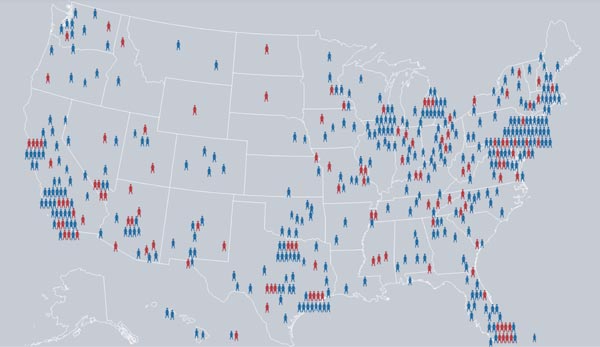
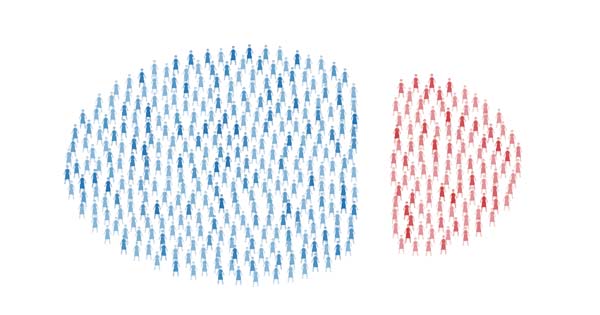
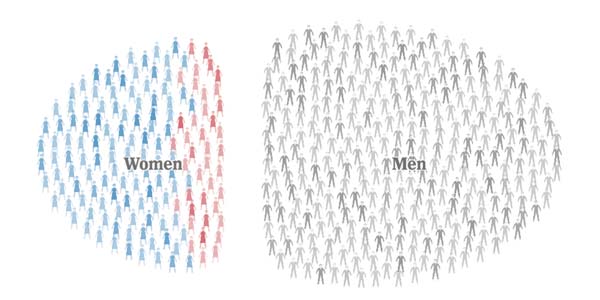
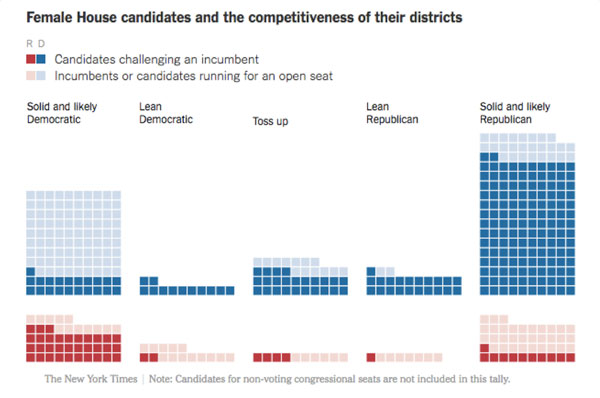
Women’s increase is proportional
